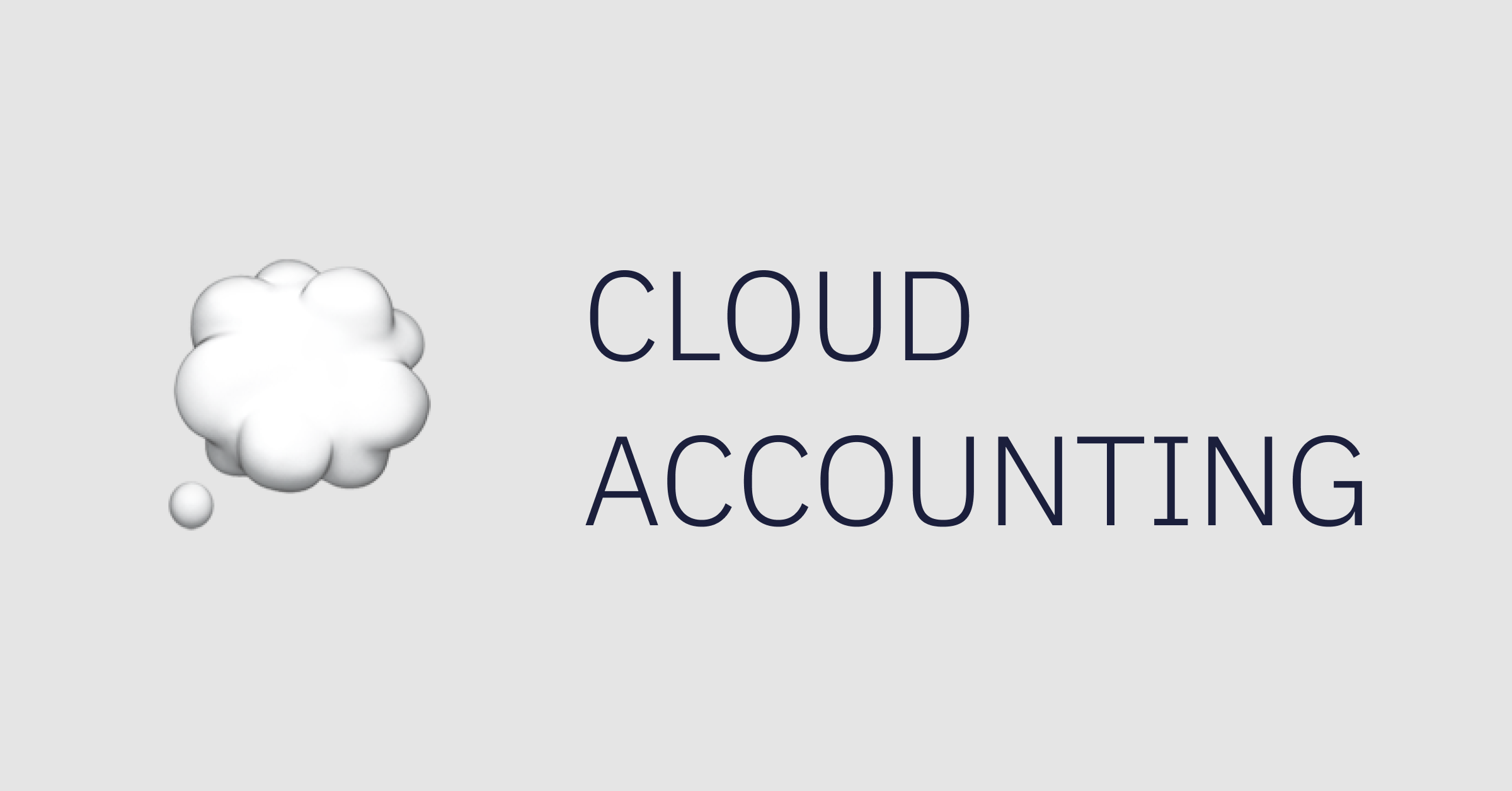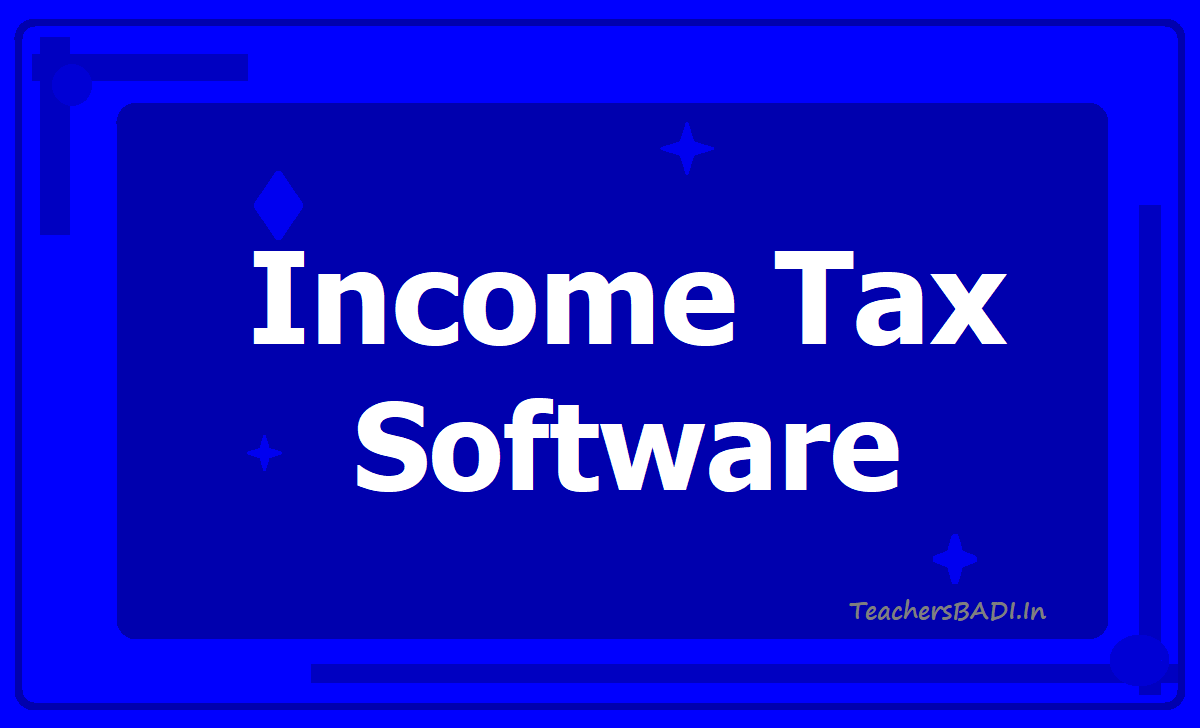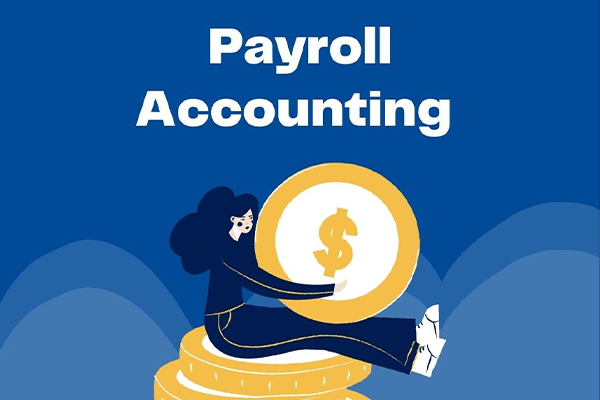How Does PAYG Withholding Work
PAYG withholding, or Pay As You Go withholding, is a crucial tax system where employers play a pivotal role in ensuring employees meet their tax obligations throughout the year. The process begins with employer registration, typically done through the ATO’s Business Portal or by other means, where they receive a unique withholding payer number. New employees are required to complete a Tax File Number (TFN) declaration, providing essential details that help determine the correct tax withholding amount. Employers must submit this declaration to the ATO within 14 days of receipt to calculate the withholding accurately.
PAYG withholding, or Pay As You Go withholding, is a crucial tax system where employers play a pivotal role in ensuring employees meet their tax obligations throughout the year. The process begins with employer registration, typically done through the ATO’s Business Portal or by other means, where they receive a unique withholding payer number. New employees are required to complete a Tax File Number (TFN) declaration, providing essential details that help determine the correct tax withholding amount. Employers must submit this declaration to the ATO within 14 days of receipt to calculate the withholding accurately.
1. Registration
This is the first step for any business that intends to hire employees. Registration can be done through the ATO’s Business Portal, by phone, or by completing a paper form. Once registered, the employer receives a unique withholding payer number.
2. Tax File Number (TFN) Declaration
New employees must complete a TFN declaration form, which provides the employer with the necessary information to determine the correct amount of tax to withhold.
Form Submission: When a new employee starts, they must provide their TFN by filling out a TFN declaration form. This form includes personal details and tax information, such as residency status and any tax offsets or deductions the employee is eligible for.
Employer Action: The employer needs to submit this form to the ATO within 14 days of receiving it for determining the correct withholding amount.
3. Calculating Withholding Amounts
Employers use tax tables or payroll software provided by the ATO to calculate the amount of tax to withhold from each payment.
Tax Tables: The ATO provides tax tables that outline the amount of tax to be withheld based on the employee's income and other factors. These tables are regularly updated to reflect changes in tax rates and thresholds.
Payroll Software: Many employers use payroll software that automatically calculates the correct withholding amounts based on the employee’s earnings, TFN declaration, and current tax tables.
Additional Considerations: Employers must also consider other deductions, such as student loan repayments (HECS-HELP), superannuation contributions, and any additional tax the employee has requested to be withheld.
4. Reporting and Paying Withheld Amounts
Employers are required to report and pay the withheld amounts to the ATO either monthly or quarterly, depending on their total withholding amount.
Reporting Periods: The frequency of reporting and payment depends on the size of the business and the total amount withheld:
Small Withholders: Withhold less than $25,000 annually and typically report and pay quarterly.
Medium Withholders: Withhold between $25,000 and $1 million annually and report and pay monthly.
Large Withholders: Withhold more than $1 million annually and are required to report and pay more frequently.
Lodging Activity Statements: Employers must lodge an activity statement with the ATO, detailing the amounts withheld by electronically or by mail.
Payment: The withheld amounts must be paid to the ATO by the due date specified in the activity statement. Late payments may attract penalties and interest charges.














































